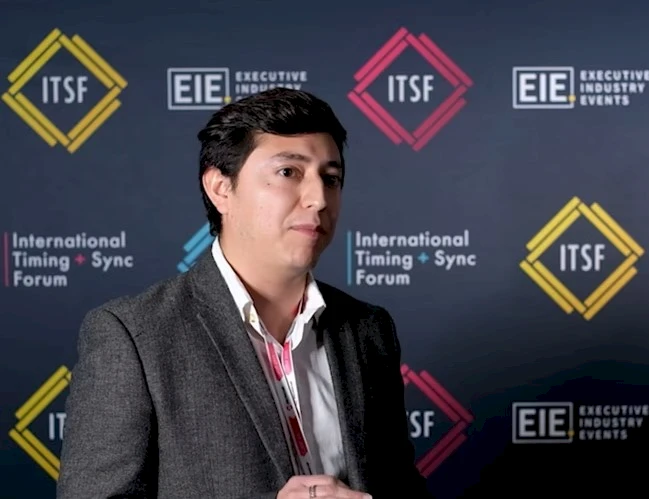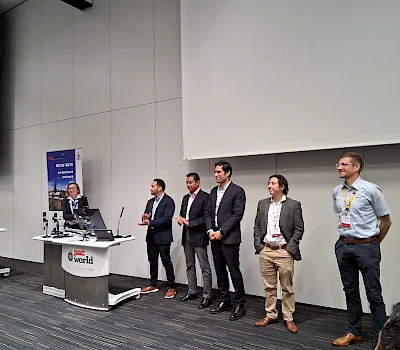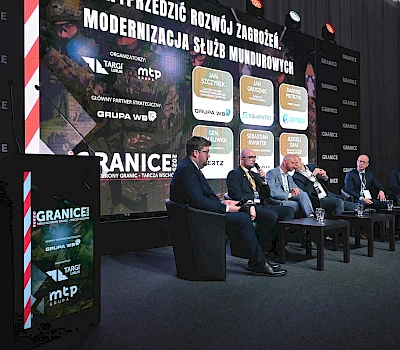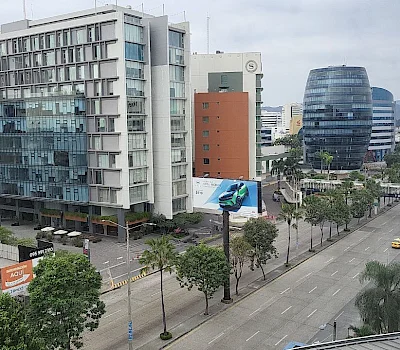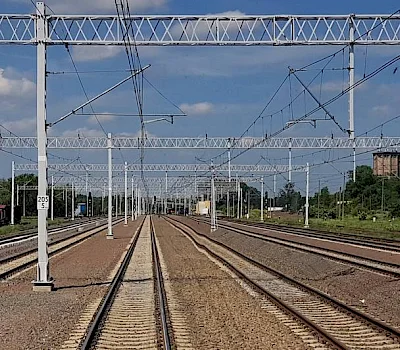Last year, we had the pleasure of attending the ITSF conference in Antwerp, where Sebastian Huante Paredes of BitStream talked about the important role of accurate time synchronisation in substations and power grid management. Check out Sebastian Paredes' full interview, where he discusses these and many other issues, shedding light on the future of time synchronisation technology and its role in modern energy infrastructure. The full interview is available below.
International Timing and Sync Forum: Good morning. We are at ITSF 2023 in Antwerp. This afternoon I am interviewing Sebastian from Bitstream. Sebastian, how does accurate time synchronisation affect substation operations and power grid management?
Sebastian Paredes: That is a good question. In general, different technologies are required in a transformer station. According to IEC 61850, new technology is to be implemented in the network. And time synchronisation is part of it. Because some technologies and devices require this exact time synchronisation in the process bus, technologies such as Goose messages, MMS, require hyper-precise synchronisation for use in the transformer station. Without this it is impossible for it to work properly.
ITSF: What are the consequences of insufficient time synchronisation or synchronisation errors in the transformer station?
S. P: This is a difficult question because the consequences are many. I will mention that cyber-attacks are very common when good time synchronisation is not implemented. It can also affect, for example, sensitive devices, technology. It's when they work together. And if we don't ensure that in the network, of course there will be chaos. We have experience of working in Latin America with cases like this and I think these kinds of technologies, protocols, for example in the case of PTP, are required in the network. Without that, there is no chance of it working.
ITSF: So what are the main challenges in implementing and maintaining the quality of precision synchronisation in a substation and what are the solutions?
S. P: The main challenges are maintenance and monitoring. This is something new that has been implemented in many companies around the world. In the power sector, for example, it's new and if we don't provide precise monitoring, it's not good for the network. So I would say that monitoring is key.
ITSF: Thank you. Last question, Sebastian this is Bitstream's third time at ITSF, but your first yes? How would you rate this week and what value has the ITSF brought to a company like Bitstream?
S. P: I would say the knowledge exchange. What I noticed here is that there is a plethora of solutions related to synchronisation. Each company has different solutions. Some of them have common elements, but the knowledge exchange on time synchronisation is something that goes on and on and new things are still being discovered to implement. And this knowledge exchange will help not only us, but other companies as well. It's really helpful, this knowledge exchange and the ITSF makes it possible.
ITSF: Sebastian, thank you very much for the interview.

